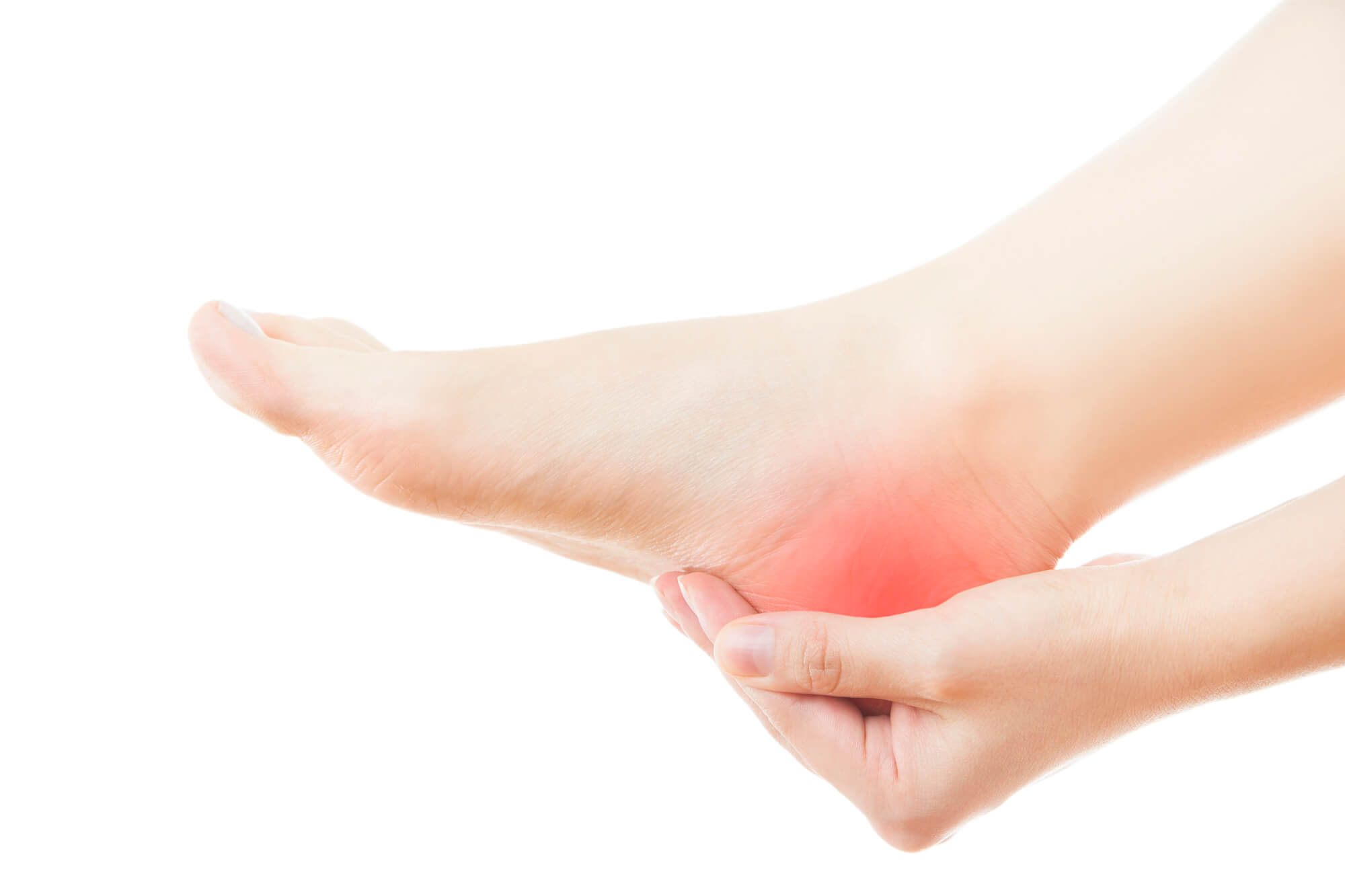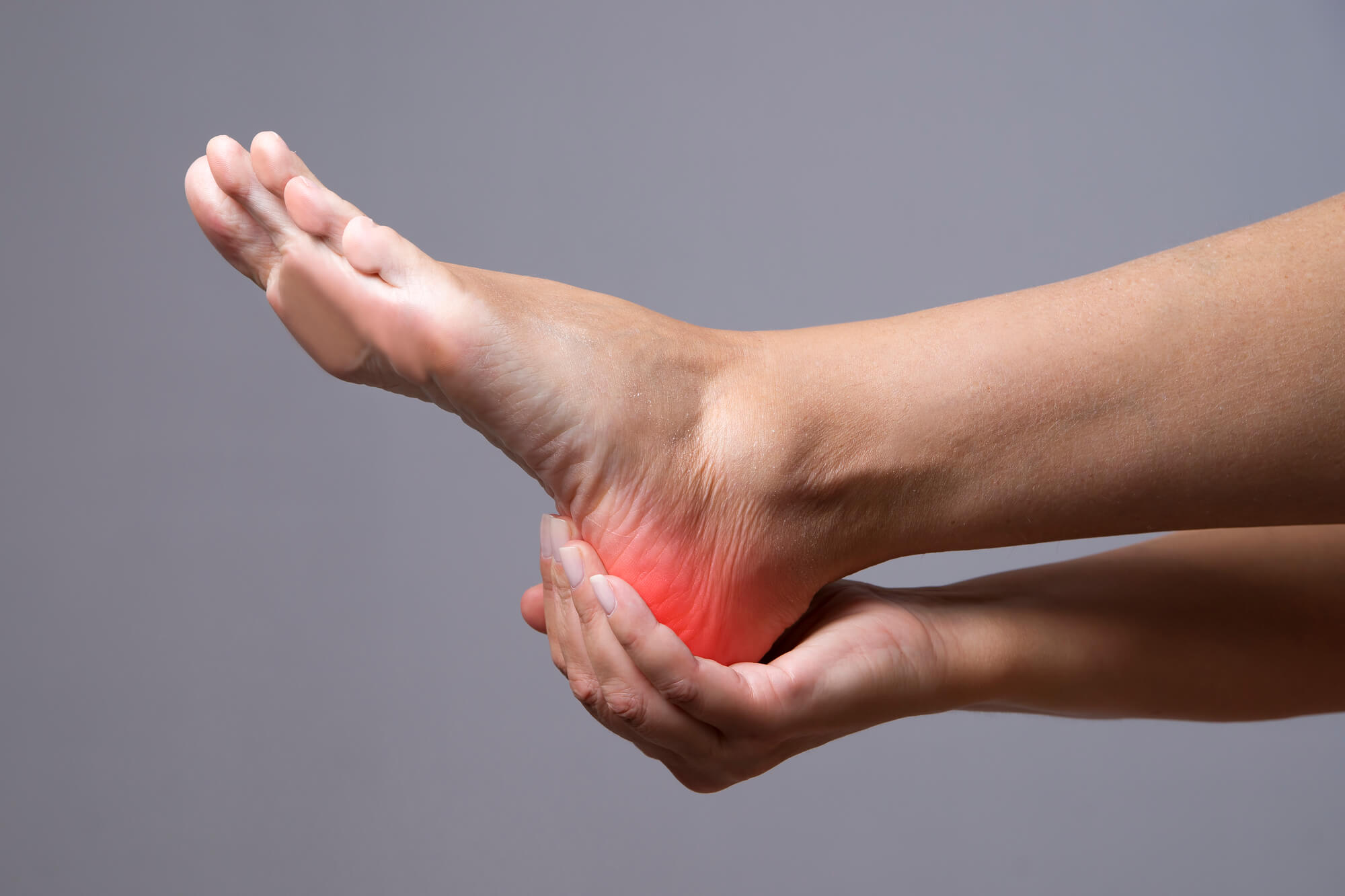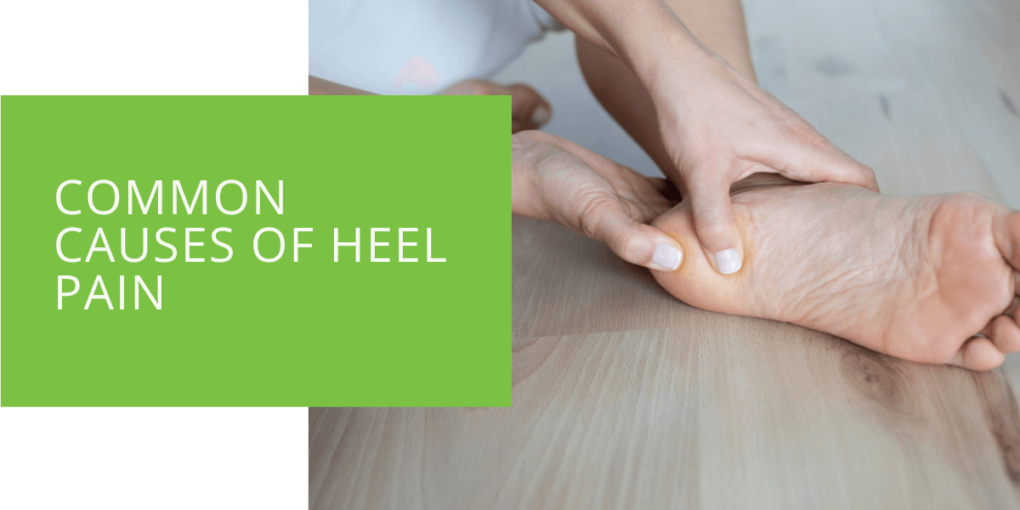Common Causes of Heel Pain
Heel pain is a common condition that affects many people at some point in their lives. The pain can range from mild to severe and can be caused by various factors. This article will discuss the common causes of heel pain, including plantar fasciitis, heel spurs, Achilles tendinitis, and bursitis. We will also provide tips on how to prevent and treat heel pain.
Common Heel Pain
Plantar Fasciitis
Plantar fasciitis is a common cause of heel pain that occurs when the plantar fascia, a thick band of tissue that runs across the bottom of the foot and connects the heel bone to the toes, becomes inflamed. This inflammation can be caused by repetitive strain or injury, particularly in runners or those who spend long periods standing on hard surfaces. The pain is typically felt in the heel or arch of the foot and is usually worse in the morning or after long rest periods.
Treatment for plantar fasciitis typically involves stretching exercises, ice therapy, and over-the-counter pain medications. Custom orthotics and physical therapy may also be recommended. In more severe cases, surgery may be necessary to remove the inflamed tissue.
Heel Spurs
Heel spurs are bony growths that develop on the heel bone, often due to repeated tearing or stretching of the plantar fascia. They can also be caused by chronic strain or inflammation of the Achilles tendon. Symptoms include pain in the back of the heel, particularly during physical activity or when standing for long periods.
Treatment for heel spurs includes rest, ice therapy, and physical therapy to stretch and strengthen the affected muscles and tendons. Custom orthotics or heel pads can also cushion the heel and relieve pressure.

Achilles Tendinitis
Achilles tendinitis is a condition that occurs when the Achilles tendon, which connects the calf muscles to the heel bone, becomes inflamed. This inflammation is often caused by repetitive strain or overuse, particularly in runners and athletes who engage in running and jumping activities. Symptoms include pain and stiffness in the ankle, particularly in the morning or after periods of inactivity.
Treatment for Achilles tendinitis typically involves rest, ice therapy, and physical therapy to stretch and strengthen the affected tendon. In severe cases, surgery may be necessary to repair or remove the damaged tissue.
Bursitis
Bursitis is a condition that occurs when the bursa, a fluid-filled sac that cushions and lubricates joints, becomes inflamed. This inflammation can be caused by overuse, repetitive strain, or injury to the joint. Bursitis symptoms include pain, swelling, and stiffness in the affected joint.
Treatment for bursitis typically involves rest, ice therapy, and over-the-counter pain medications. In some cases, a corticosteroid injection may be necessary to reduce inflammation.
Prevention Tips
Wear Proper Footwear
Wearing proper footwear is one of the most important ways to prevent heel pain. Choose shoes that fit well and adequately support your feet and arches. Avoid high heels and shoes with thin soles that do not cushion your feet. Athletic shoes are a good option for everyday wear as they provide support and cushioning.
Stretch and Strengthen Your Feet and Ankles
Stretching and strengthening exercises can help prevent heel pain by improving the flexibility and strength of the muscles and tendons in your feet and ankles. Regularly perform stretching exercises for your calf muscles and plantar fascia to keep them flexible. Strengthening exercises such as heel raises and ankle rolls can help improve the strength of the muscles and tendons in your feet and ankles.

Avoid Running or Jumping on Hard Surfaces
Running or jumping on hard surfaces can put a lot of strain on your feet and lead to heel pain. Avoid these activities on hard surfaces, such as concrete, and choose softer surfaces, such as grass or a treadmill with a cushioned surface.
Maintain a Healthy Weight
Being overweight can put extra pressure on your feet and lead to heel pain. Maintain a healthy weight through a balanced diet and regular exercise to reduce the strain on your feet and prevent heel pain.
Take Breaks and Avoid Long Periods of Standing
Taking frequent breaks and avoiding long periods of standing can help prevent heel pain. If you have a job requiring standing for long periods, take breaks every hour to rest your feet and stretch your calf muscles. Try to alternate between sitting and standing throughout the day if possible.
Seek Medical Attention for Any Persistent Pain
If you experience persistent heel pain, it is important to seek medical attention. A Podiatrist can perform a thorough evaluation and diagnosis and provide the appropriate treatment to relieve your pain and prevent it from recurring.
Following these prevention tips can reduce your risk of developing heel pain and maintain healthy feet and ankles. Remember to wear proper footwear, stretch and strengthen your feet and ankles, avoid running or jumping on hard surfaces, maintain a healthy weight, take breaks and avoid long periods of standing, and seek medical attention for any persistent pain.

When to See a Podiatrist
If your heel pain persists for over a few days, or you experience severe pain or difficulty walking, it is important to see a Podiatrist. They can perform a thorough evaluation and diagnosis and provide the appropriate treatment.
Conclusion
Heel pain is a common condition that can significantly impact your daily activities. Understanding the common causes of heel pain, such as plantar fasciitis, heel spurs, Achilles tendinitis, and bursitis, and taking preventative measures can help alleviate the pain and prevent it from recurring. It is important to seek medical attention if you experience persistent pain or symptoms worsen. A Podiatrist can thoroughly evaluate and diagnose and provide the appropriate treatment.
In addition to the treatment options discussed in this article, there are some other methods that can be used to manage and alleviate heel pain. For example, applying heat therapy to the affected area can help increase blood flow and promote healing. Wearing shoes with a cushioned sole can also help reduce pressure on the heel.
It is also important to note that not all cases of heel pain require surgery. Most cases of heel pain can be managed with conservative treatments such as physical therapy, stretching, and rest. Surgery is typically only recommended for severe cases that do not respond to other treatments.
Heel pain is a common condition that can significantly impact your daily activities. Understanding the common causes of heel pain and taking preventative measures can alleviate the pain and prevent it from recurring. If you experience persistent pain, seeking medical attention from a Podiatrist who can provide a thorough evaluation and diagnosis and the appropriate treatment is important. You can return to your daily activities pain-free with the right treatment plan.

